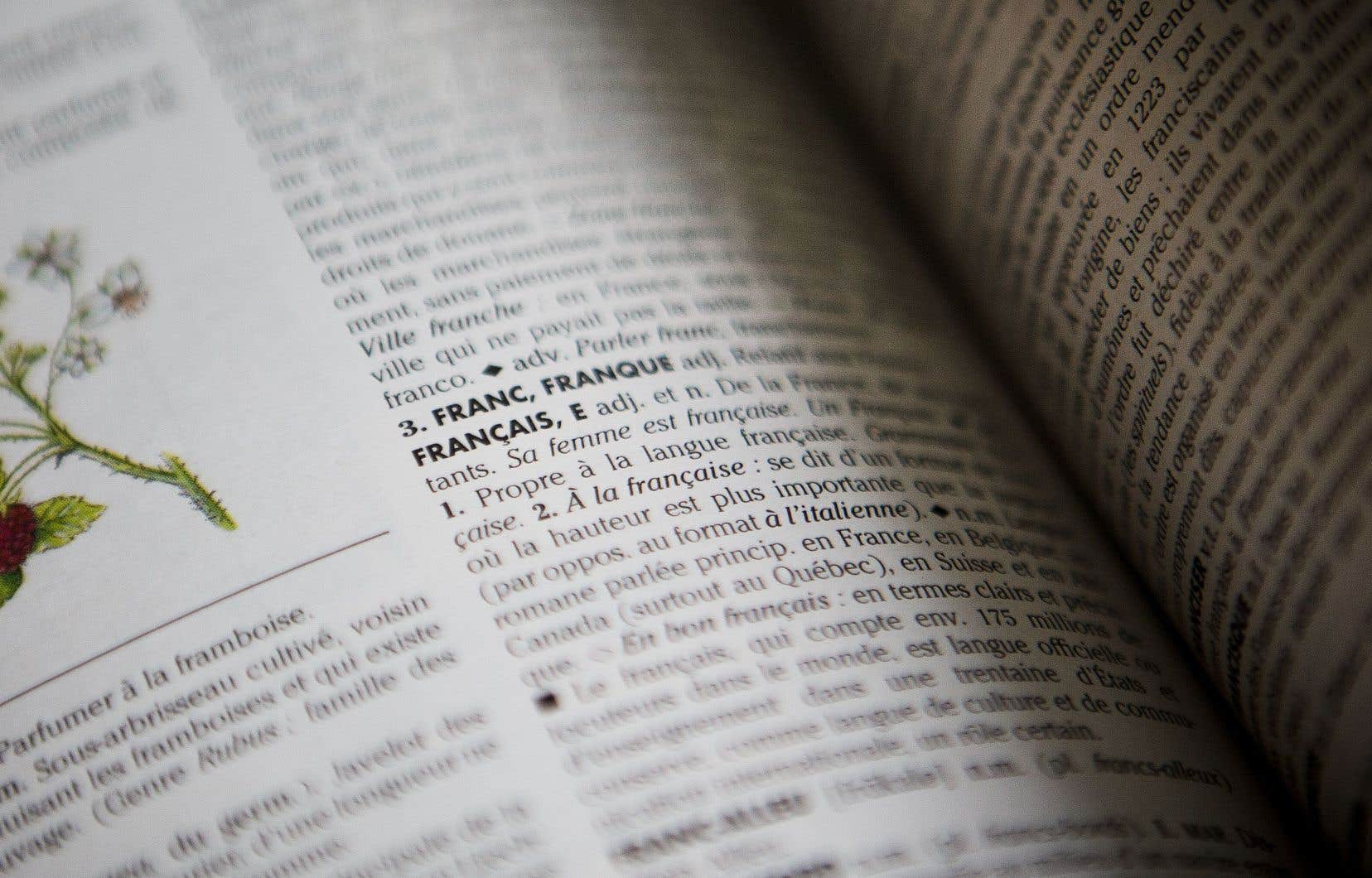The Point of view section sees the blossoming of a new branch, Point de langue, with Professor Mireille Elchacar as guide. During the summer, the Quebec lexicologist will invite us to think about French differently in a one-off formula halfway between an essay and popular science.
In June 2023, Education Minister Bernard Drainville launched a project to reform French language teaching. A few weeks ago, he began unveiling key elements of his project. While some of the directions may spark discussions about their implementation, they will probably not cause a major outcry: who would be opposed to the idea of getting young people to read and write more or to be more exposed to Quebec culture? However, those relating to French writing, a sensitive subject if ever there was one, are likely to spark debate.
The minister wishes to obtain the opinions of specialists on spelling corrections (RO) and on learning calligraphy. In general, Quebec children first write in script letters before moving on, often in 2e year, with the letters attached. The problem is that we make students relearn a new way of writing when they are only just beginning to master the first. Research, like that of didactician Isabelle Montésinos-Gelet, is unanimous: children benefit if they are taught only one type of writing. So, which one to choose?
The main argument of the proponents of script writing is that the student makes a connection between the letters he sees everywhere and those he must trace. As for cursive writing, it allows one to write faster and would be correlated with better syntax.
Cursive writing has already been abandoned in a few countries: in almost all the states of our southern neighbor, Mexico and Finland, which sits at the top of the rankings for students’ reading and writing skills. Quebec will be able to decide based on research and the effects of this change elsewhere in the world.
This aspect of writing is rather technical: the idea is to quickly acquire the motor skill so that the gesture becomes automatic and to be able to concentrate on the content (vocabulary, syntax, sequence of ideas, etc.).
However, a truth that is difficult for us, French speakers, to accept is that spelling is also a technical aspect of the language. It is a tool intended to be acquired quickly and to serve as a springboard for learning, reflection, science, etc. The invention of the alphabet is also seen as a revolution, like writing itself.
The alphabetical principle dictates that each sound has a single letter associated with it, and vice versa; in the earliest writing systems, which were ideographic, a symbol was associated with a concept. With the alphabet, we go from several thousand symbols to a few dozen letters, easy to trace. In doing so, we democratize writing and reading, which are no longer reserved for the privileged who can devote their lives to it.
Unfortunately, French spelling has strayed so far from this ideal that we can no longer really speak of a democratic system. The 36 sounds of French are represented by 130 graphemes, according to specialist Nina Catach (either by a letter, a combination of letters, accents or umlauts). For comparison, Spanish, also a Romance language, has 25 phonemes for 29 graphemes. In Finnish, the correspondence between graphemes and phonemes is almost perfect.
The ORs, which Minister Drainville wants to look into, aim precisely to correct certain inconsistencies in French spelling. That the minister wishes to consult experts is laudable. But ORs are not new: they were proposed in 1990, and they have been widely studied since then, both in Quebec, with the numerous works of Chantal Contant, and elsewhere in the French-speaking world.
Asked by Patrick Masbourian on ICI Première whether he supported correcting the spelling of the word “oignon,” the minister exclaimed: “No, I’m not at all from that school. We won’t write au son in Quebec schools.”
Now, “ognon” is indeed a proposal of the RO. This spelling is neither extravagant (by virtue of the alphabetic principle, which is supposed to guide our writing, it is in fact more logical than “oignon”) nor new: we already read it under the pen of Zola in The stunner, published in 1876: “Madame Gaudron was talking about going to eat onion tart, Chaussée Clignancourt. » The spelling of “onion”, like that of most words, has varied over the centuries. The Antidote writing support tool shows us some of them, including “ongnon”, “onghon” and “oygnon”.
In his work recently published by Ophrys, French spelling. History, description, teachingJean-Christophe Pellat recalls that French spelling was almost frozen in 1878, with the 7e edition of Dictionary of the French Academy. Since then, we have experienced the greatest period of stability in the history of French spelling. And that’s not good news.
One thing Mr. Drainville is right about: we will not write by sound. There is no question of this in the ORs, so timid that they go unnoticed. Did you notice that this section uses them?
Essentially, the ROs affect the welding and plural of compound words, the umlaut, the non-distinctive circumflex accent on the “i” and “u” as well as some historical errors. No horses, contrary to a persistent preconception! The ROs have above all the advantage of getting French spelling out of its immobility. They are now accepted by all authorities (Office québécois de la langue française, Académie française, etc.) and all serious reference works. School textbooks in France must be written with the ROs since 2016; in Switzerland, it is since 2021. Why still look into it? Are we not at the stage of taking action?
Is Quebec, which was at the forefront of the French language in the Francophonie, now lagging behind?
